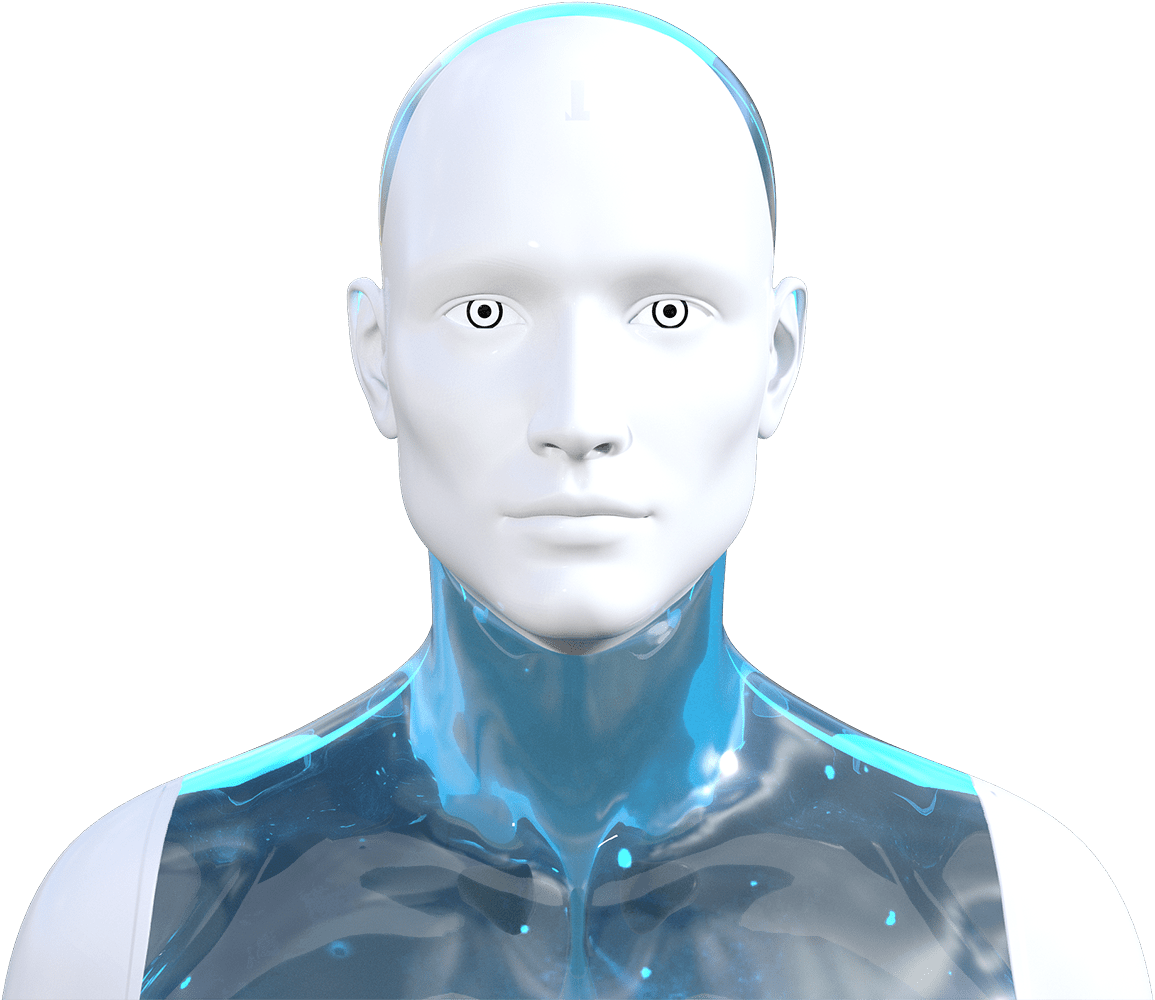Robotic Automation, also known as Robotic Process Automation (RPA), refers to the use of software robots or "bots" to automate repetitive, rule-based tasks that were traditionally performed by humans. These tasks often involve handling structured data, executing predefined processes, and interacting with various applications or systems without human intervention.
Here are key components and concepts related to Robotic Automation:
1. Robotic Process Automation (RPA)
- Definition: RPA involves using software robots to automate simple, repetitive tasks that require little to no human intervention.
- Scope: It is commonly applied to business processes such as data entry, processing transactions, generating reports, and responding to customer inquiries.
- Tools: Popular RPA tools include UiPath, Blue Prism, Automation Anywhere, and WorkFusion. These tools allow users to design and deploy automation workflows.
2. Types of Automation
- Attended Automation: Requires human intervention to trigger or oversee the automation. It is often used in desktop automation, where the bot interacts with the user during specific tasks.
- Unattended Automation: Operates autonomously without any human input, typically used for background processes and large-scale automation tasks across systems.
- Hybrid Automation: Combines both attended and unattended robots to create seamless workflows that can adapt to different business needs.
3. Applications of Robotic Automation
- Customer Service: Bots can automate customer support tasks, such as answering FAQs or processing requests in chatbots or email systems.
- Finance & Accounting: RPA can streamline invoicing, payroll, expense reporting, and reconciliation processes.
- Human Resources: Automating employee onboarding, payroll processing, and HR systems integration.
- Supply Chain & Logistics: Automating inventory management, order processing, and shipment tracking.
- Healthcare: Automating administrative tasks like appointment scheduling, patient data entry, and claims processing.
4. Benefits of Robotic Automation
- Cost Reduction: By automating repetitive tasks, businesses can reduce labor costs and improve efficiency.
- Improved Accuracy: Bots perform tasks based on predefined rules, reducing the likelihood of human errors.
- Increased Productivity: Automation speeds up processes, enabling faster response times and the ability to handle higher volumes of tasks.
- Scalability: Bots can scale operations without the need to hire more employees.
- Employee Satisfaction: By automating mundane tasks, employees can focus on more strategic, creative, or complex work.
5. Challenges and Considerations
- Implementation Cost: While the long-term benefits are significant, the initial investment in RPA tools, infrastructure, and training can be high.
- Change Management: Employees may resist automation due to fears of job displacement or changes in their roles.
- Complexity of Tasks: RPA works best with rule-based tasks but may not be suitable for tasks requiring complex decision-making, emotional intelligence, or creative problem-solving.
- Security and Compliance: Ensuring that bots operate within the bounds of privacy regulations and maintain data security is critical.
6. Future of Robotic Automation
- AI Integration: The future of RPA involves integrating Artificial Intelligence (AI) and Machine Learning (ML) to enable bots to handle more complex tasks, such as decision-making and natural language processing.
- Intelligent Automation (IA): Combining RPA with AI leads to Intelligent Automation, which can handle more unstructured data, adapt to changing scenarios, and perform higher-level cognitive tasks.
Robotic automation continues to transform industries by optimizing workflows, reducing human error, and allowing companies to focus on higher-value activities, making it a powerful tool for the modern business landscape.

